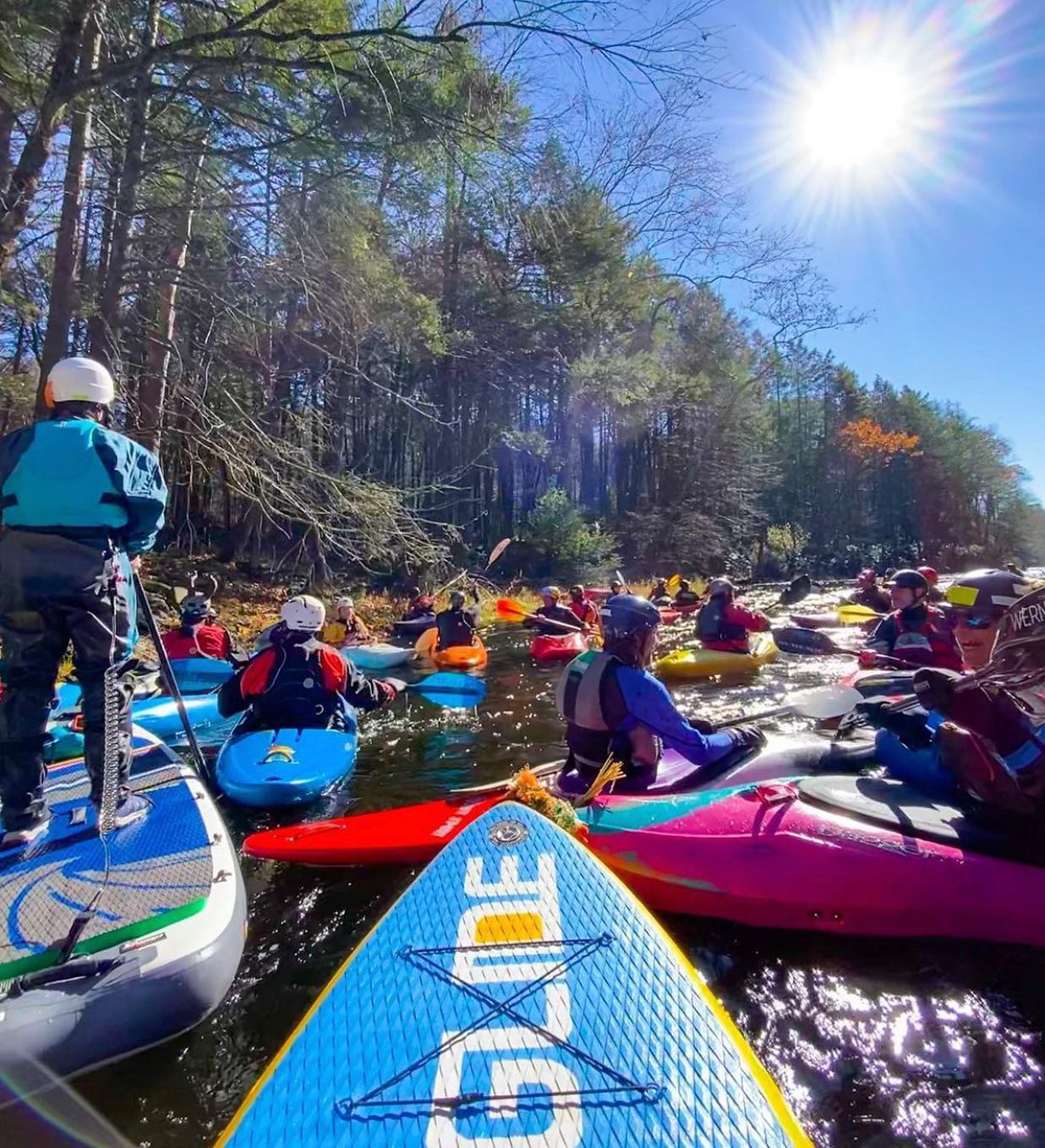
Are Paddle Boards Safer than Kayaks?
In the ongoing debate of kayak vs paddle board, we explore the answer to the question: are paddle boards safer than kayaks?
Introduction
Embracing the Glide: Choosing Between Paddleboarding and Kayaking for Aquatic Adventures As adventurers seeking the thrill of aquatic sports, we often find ourselves at a crossroads: should we grab a paddleboard or a kayak? At Glide SUP, we understand this dilemma and are eager to share our insights into the safety and joy each option brings. Let's delve into the paddle board versus kayak conversation and see how the SUP board holds up in terms of safety.

Differences in Dynamics: Paddleboarding vs. Kayaking
Paddleboarding and kayaking both offer unique ways to explore the water and engage in physical activity. While kayaking invites you to sit back and glide, stand up paddleboarding challenges you to rise up and balance, offering a different perspective and experience.
Skillset and Balance: The Learning Curve
Venturing onto the water with a SUP board or kayak requires a blend of skill and practice. Paddleboarding arguably asks a bit more from its enthusiasts, as balancing on the buoyant board while standing adds an extra layer of challenge compared to the seated stability of a kayak. Imagine skiing versus sledding – both exhilarating, yet distinct in technique.
The Workout: Engaging Body and Mind
Both kayaking and paddleboarding serve as excellent workouts, targeting upper body strength and utilizing leg muscles for power. However, a SUP board nudges ahead as a full-body workout, requiring constant core engagement for balance. With kayaking, one might rely more on arm strength, but paddleboarding ensures that your entire body is part of the action.
Storage and Space: Preparing for the Journey
When it comes to storage, the flat surface of a SUP board shines, offering ample space for gear without the restrictive cockpit of a kayak. Glide SUP boards are designed to accommodate your adventurous spirit, whether it's camping equipment or fishing essentials, all while maintaining sleek maneuverability.
Safety on the Surface: Considering the Conditions
It's true, the elevated stance on a paddle board could lead to a splash or two more than in a kayak. Yet, the versatility of a SUP board from Glide is unmatched; you can sit, kneel, or even go prone to navigate through windy conditions, minimizing risks and increasing enjoyment.
Kayak Considerations: Navigating Potential Risks

Kayaking presents its own set of challenges, particularly with enclosed models. The risk of capsizing and difficulty re-entering the kayak in open water can be concerning. In contrast, a SUP board from Glide offers an accessible platform that's easy to remount, keeping you safe and secure.
The Elevated Perspective: Advantages of SUP Boards
From the stand-up vantage point of a SUP board, you gain a superior view of your surroundings, enhancing safety as you spot potential hazards from a greater distance – an advantage kayaks simply can't match.
Final Thoughts: Embracing the Safety of SUP

With the appropriate safety gear like a PFD and responsible practices, both kayaking and paddleboarding can be safe. Yet, considering the ease of remounting, the exceptional vantage point, and the full-body engagement, Glide SUP boards claim the title for safer, more versatile aquatic exploration.
Join us at Glide SUP as we celebrate the blend of adventure, fitness, and safety that our paddleboards bring to every waterway. Whether you're navigating serene lakes or coastal waves, Glide with confidence and embrace the superior experience of paddle boarding.


